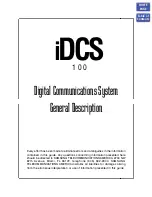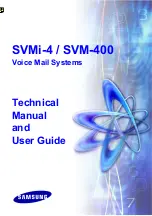
Remote Control Commands
R&S
®
NRPxxT(N)
108
User Manual 1177.6023.02 ─ 08
–
<parameter>
U
must be specified for uncertainty data files. If a parameter is not specified, S
is implicitly assumed and as a result an error message is triggered.
–
<format>
This value is ignored in uncertainty measurement files. The entry is therefore
irrelevant.
–
<R n>
R is optional and followed by the reference impedance in
Ω
. If no entry is
made, R50 is implicitly assumed.
The option line therefore reads:
# [HZ | KHZ | MHZ | GHZ] U [MA | DB | RI] [R 50]
.
●
Measurement frequencies
The measurement frequencies are listed in ascending order and are specified as
follows:
f
i
unc[s
11
( f
i
)]
unc[s
21
( f
i
)]
unc[s
12
( f
i
)]
unc[s
22
( f
i
)]
where
f
i
is the i-th frequency and
unc[ s
jk
( f
i
)]
is the uncertainty of the S-parameters
that is forwarded as follows:
–
As extended absolute uncertainty ( k = 2 ) for the magnitude of reflection
parameters s
11
and s
22
–
As extended uncertainties ( k = 2 ) in dB for the magnitude of transmission
parameters s
21
and s
12
●
Comments
Any line starting with an exclamation mark (
!
) is interpreted as a comment line.
9.9
Calibrating, Zeroing
Zeroing removes offset voltages from the analog circuitry of the sensors, so that there
are only low powers displayed when there is no power applied. The zeroing process
can take more than 8
seconds to complete.
Zeroing is recommended if:
●
The temperature has varied by more than 5 K.
●
The sensor has been replaced.
●
No zeroing was performed in the last 24 hours.
●
Signals of very low power are to be measured, for instance, if the expected mea-
sured value is less than 10
dB above the lower measurement range limit.
Turn off all test signals before zeroing. An active test signal during zeroing causes an
error.
Remote commands:
............................................................................................ 109
Calibrating, Zeroing
















































